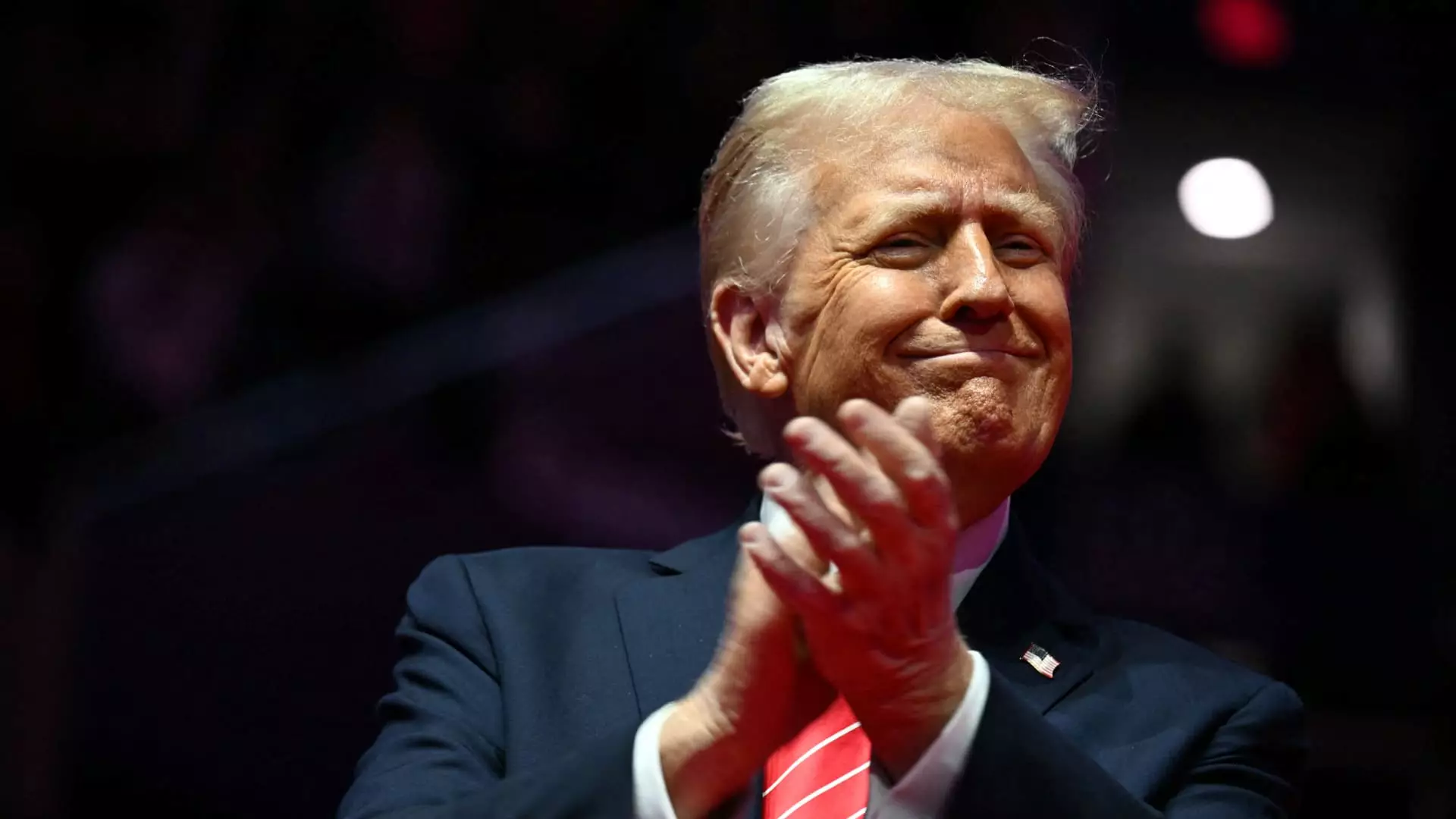The inauguration of Donald Trump for a second term promises to be characterized by a flurry of activity, particularly in the form of executive orders. Scheduled to take place inside the Capitol on a day marked by severe weather in Washington, D.C., the former president plans to sign potentially over 100 executive orders soon after taking the oath of office. This ambitious move symbolizes not only a commitment to his campaign promises but also a strategic approach to reshape the federal landscape while addressing key priorities.
The inauguration itself will be a hallmark occasion, but the real focus following the ceremony will be Trump’s signing of executive orders at Capital One Arena in front of a rally crowd. This choice of location underscores his deep connection with supporters, using this moment to galvanize his political base while reinforcing the narrative of an administration ready to hit the ground running.
Among the orders expected on Trump’s first day are moves that would reverse key policies implemented by President Joe Biden, signaling an unmistakable turn in policy direction. The forthcoming orders also include significant changes aimed at the immigration landscape, particularly focusing on the U.S.-Mexico border. Trump has explicitly stated his intention to declare a national emergency concerning immigration issues, employing tough rhetoric to depict the situation as one of national crisis—a tactic that has resonated powerfully with his supporters.
Reversals and Restructuring: An Agenda of Contrasts
Trump’s agenda for these executive orders is not merely about reversing Biden’s policies but reshaping the federal government’s operational structure. A notable item on his list is the anticipated reinstatement of the “Schedule F” policy, first introduced at the tail end of his first term. This policy aims to streamline the hiring process for thousands of federal jobs, emphasizing a personnel strategy that favors political appointees aligned with Trump’s vision. Such measures reflect a broader trend toward increasing the executive branch’s control over the personnel dynamics within governmental agencies.
In another significant policy proposal, Trump is expected to target the Inflation Reduction Act, a hallmark of Biden’s economic strategy, particularly its climate provisions. By potentially withholding funding that Congress has already appropriated, Trump is set to test constitutional boundaries and executive power, raising questions about the limits of presidential authority in fiscal matters.
The potential legal challenges related to Trump’s maneuvers cannot be understated. The Impoundment Control Act of 1974 stands as a framework meant to ensure appropriated funds are spent according to congressional intent. Should Trump pursue a course that contradicts this law, he may invite significant litigation challenges to his presidency from both Congress and advocacy groups. Such moves could also alienate centrist and moderate supporters, broadening the political divide that has characterized recent American governance.
The forthcoming actions also hold ramifications for legislative relations. By leveraging executive orders as a means of bypassing congressional negotiation, Trump risks deepening partisan tensions that could hinder future legislative efforts. However, his election was bolstered by a firm commitment to his followers, who see executive actions as a form of decisive governance—one that promises results rather than prolonged negotiations.
A Message to Supporters
Trump’s pre-inauguration rally messages, coupled with his promise to enact “extremely happy” executive orders, are carefully curated to create excitement among his base. By presenting swift and forceful actions as a counter-argument to perceived inaction or ineffective governance, Trump is setting the stage for a narrative of bold leadership.
Trump’s first day in office looks set to transcend conventional approaches to governance, reflecting a determination to enact a significant ideological shift. While there will undoubtedly be controversies, and the ramifications of his actions are yet to fully unfold, the immediate aftermath of his inauguration will be a clear declaration of intent. Unwavering in his commitments, Trump aims to cement his legacy through a series of executive actions that resonate deeply with his core supporters while igniting a broader conversation about the limits and responsibilities of presidential power.


Leave a Reply